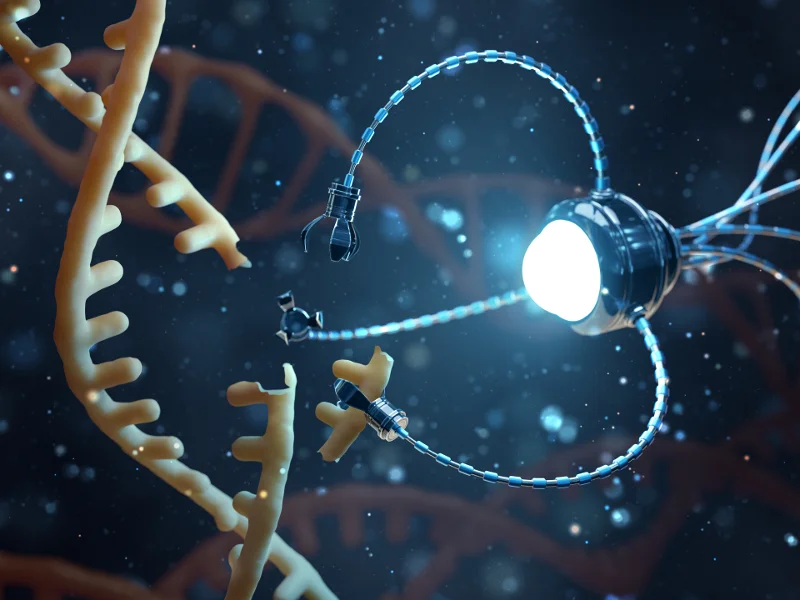Terms like “artificial intelligence” and “nanotechnology” were once found mostly in science fiction books and movies. Then, through advances in science and manufacturing, they became part of everyday conversations in tech-centered locales like Silicon Valley. More recently, the terms have found their way into the medical world—particularly in the fields of medical and cosmetic dermatology, where they represent the some of the most cutting-edge ideas transforming skin-focused care in 2024.
Our faculty recently presented on both subjects at our February 2024 conference in Puerto Rico. Ryan Stidham, MD, gave a talk titled “AI in IBD: What Is the Gastroenterology Perspective?” Joseph Merola, MD, and Alice Gottlieb, MD, shared clinical results of a nanobody monoclonal antibody (sonelokimab) for psoriatic arthritis and hidradenitis suppurativa.
As part of our ongoing effort to always bring the latest news in dermatology to providers, here’s a brief look at two of the most promising, interesting, and conversation-worthy advances the Masterclasses in Dermatology team is watching this year.
Artificial Intelligence
From driving search engines to writing term papers, composing emails to stabilizing nuclear fusion experiments, deep-learning artificial intelligence is already radically changing the world in both predictable and surprising ways. Of course, medical professionals and researchers have also been finding ways to apply AI to healthcare—including dermatology offices.
While biopsies and similar tests are obviously a crucial part of many accurate dermatological diagnoses, a significant portion of the initial diagnostic process relies on visual signs of diseases and conditions. Since convolutional neural networks are ideal for detecting distinctive visual features of whatever they have been trained to recognize, they can be used to identify skin lesions as potentially cancerous.
The goal is to improve the diagnostic accuracy of early detection of cancerous cells, thereby improving patient mortality and quality of life. Although there have been some promising achievements in successfully identifying cancerous lesions, artificial intelligence can still be “confused” by everything from blurry imaging to the presence of a ruler in the photo.
In this way, artificial intelligence is no different from a scalpel or dermatoscope: It’s a tool, not a replacement for the person wielding the tool. In other words, AI is not going to take over for doctors—at least not anytime soon—but machine learning models can be used for what is known as “augmented patient care.” There is some indication that physicians and artificial intelligence working in cooperation can lead to better outcomes than would be possible from either on their own.
With more training—of both convolutional neural networks and the humans working with them—we could soon see a reality that includes comprehensive full-body exams powered by precise artificial intelligence paired with a dermatologist’s clinical experience and humanity.
Nanotechnology
One of skin’s primary functions also serves as a literal barrier to some medical and cosmetic dermatology treatment applications. Many medications contain particles that are too large to successfully penetrate topically, and so must be injected, ingested, or not used at all.
Nanotechnology, which involves manipulating matter on a practically atomic scale—with measurements in the billionths of meters—can be used to create delivery systems that carry vital ingredients below the surface. In addition to improved permeability, nanotechnology can also help desired effects to last longer.
Thus far, nanotechnology has been used to enhance sunscreens’ ability to protect against ultraviolet radiation. This application has very obvious medical and cosmetic benefits, of course, but also represents just the beginning of the possibilities. There is also ongoing work into studying the role of nanotechnology in everything from managing signs of psoriasis to treating melanoma to mitigating hair loss.
Research includes the safety of nanotechnology, since making active particles smaller also enables them to more easily enter unintended structures, such as hair follicles, as well as the body in general.
With any emerging technology—whether artificial intelligence, nanoparticles, exosomes, or something else—we must ensure that we are not so enamored of the benefits that we overlook possible drawbacks. That said, we must also temper any hesitation in the face of potential change with the understanding that opportunities to enhance patient care should always be explored—and embraced if found to be truly helpful.
Masterclasses in Dermatology has relationships with physicians across a wide array of disciplines. As we build conferences with a goal of improving work in the field—and thereby improving patients’ lives—we routinely interact with leaders at the forefronts of their respective disciplines so that our information is always current and forward-looking. For more information about what we do, contact us online.










